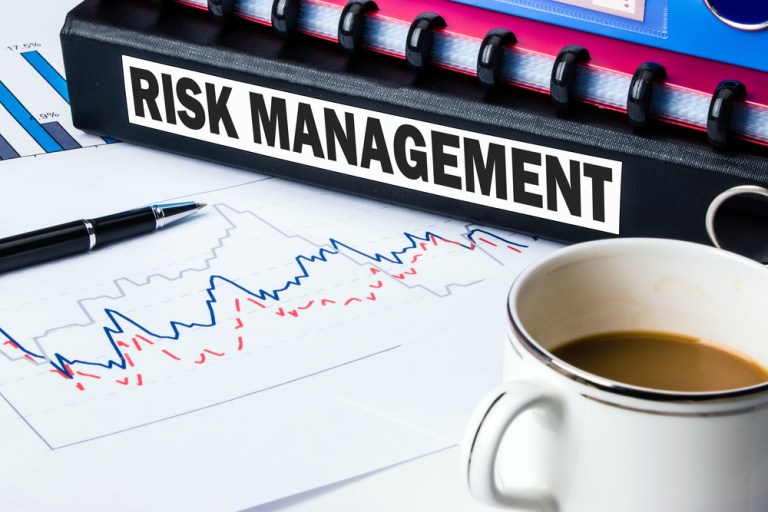
Trade finance is getting some good press as of late. The tool has been highlighted as one that eases friction in the supply chain and improves the relationship between buyer and supplier, as well as a tool that can help players within the supply chain in the wake of a federal interest hike.
The International Chamber of Commerce is taking part in championing financial tools that are directed towards members of the global supply chain.
The ICC has just published its Trade Register Report 2015, a register that details risk and exposure for trade financing deals worth more than $7.6 trillion. Thirteen million transactions were aggregated from 2007 to 2014. According to the chamber, all of these data points lead to one conclusion: Trade finance is low-risk.
[bctt tweet=”ICC: Trade finance is low-risk.”]
The Data Speaks For Itself
“The 2015 Trade Register clearly demonstrates the low-risk nature of trade finance,” said ICC Banking Commission Deputy Head of the Executive Committee Alexander R. Malaket in a statement. “What’s more, the Trade Register also highlights the strong recovery rates for trade finance.”
He elaborated that medium- to long-term trade finance has been found to be low-risk, with a default rate under 50 percent compared to the default rate of comparable Moody’s corporate credit portfolio. The report added that the Export Credit Agency (ECA) coverage, which supports medium-term trade finance, also adds to that low-risk nature.
Collectively, Malaket said the median result for both short- and medium-term trade finance backed by ECA leads to “close to 100 percent recovery for all products.”
Export letters of credit, provided by issuing banks to guarantee payment, saw the lowest transaction default rate at just 0.01 percent; import letters of credit, provided by the receiving bank, saw a 0.08 percent default rate. Import and export loans saw a 0.22 percent default rate, ICC found.
Customer default rates landed at 0.04 percent for export letters of credit, 0.29 percent for import letters of credit and 0.72 percent for import and export loan products.
Businesses, often SMEs that need these products to manage working capital, saw a lower transaction default rate than financial institutions (0.68 percent versus 1.43 percent), the research revealed.
Regulatory Impacts
The trade finance industry is constantly shifting, ICC found, in large part because of changing regulations.
The Basel Accords, Know Your Customer and other legislation were examined in the report. With impending revisions to Basel, ICC concluded that there will be new effects that directly impact various aspects of the trade finance process — most notably, by standardizing the letter of credit process and introducing new types of collateral to impact how much capital a corporation can access. Risk assessment is likely to get tougher, the report said, but more specific to an individual party.
But ICC added that with the creation of such reports as this, it hopes to help shape the regulatory landscape surrounding trade finance in an effort to reduce risk and land working capital in the hands of trading partners that need it.
“By providing this understanding and an evidence base, the ICC Banking Commission aims to contribute to the achievement of a balanced, risk-aligned regulatory treatment of trade finance activity,” the report stated.
Looking ahead, ICC concluded that it would be looking to also include data from supply chain finance products, noting that exact definitions of these tools and their uniqueness from trade financing products are still developing within the market today.